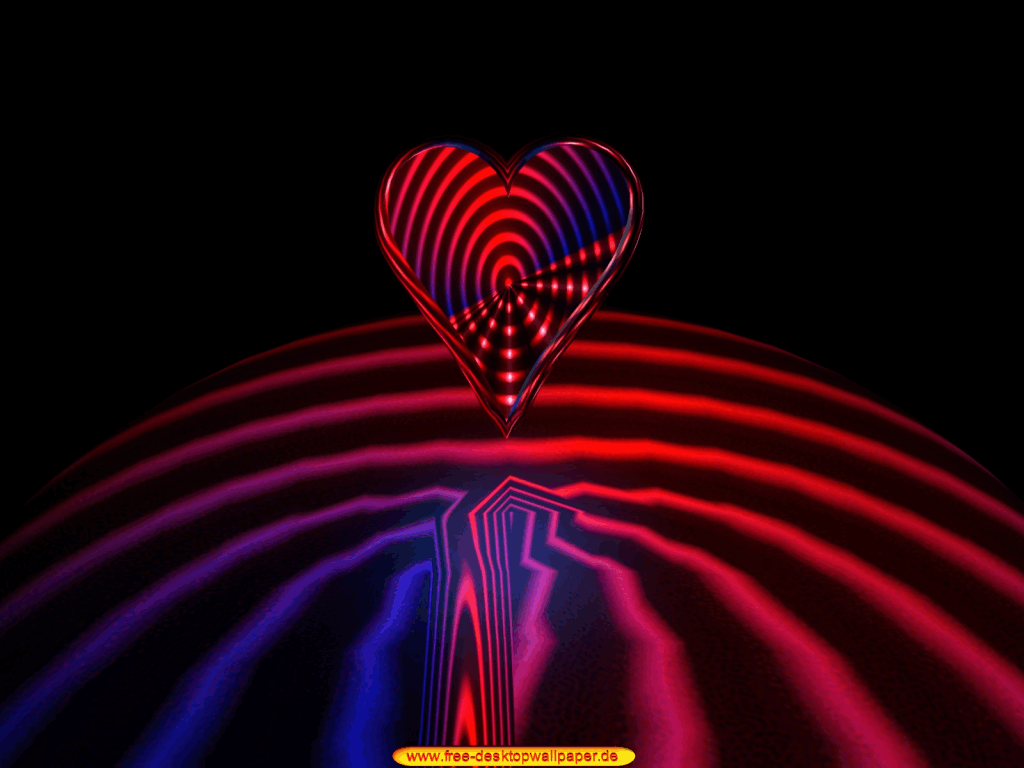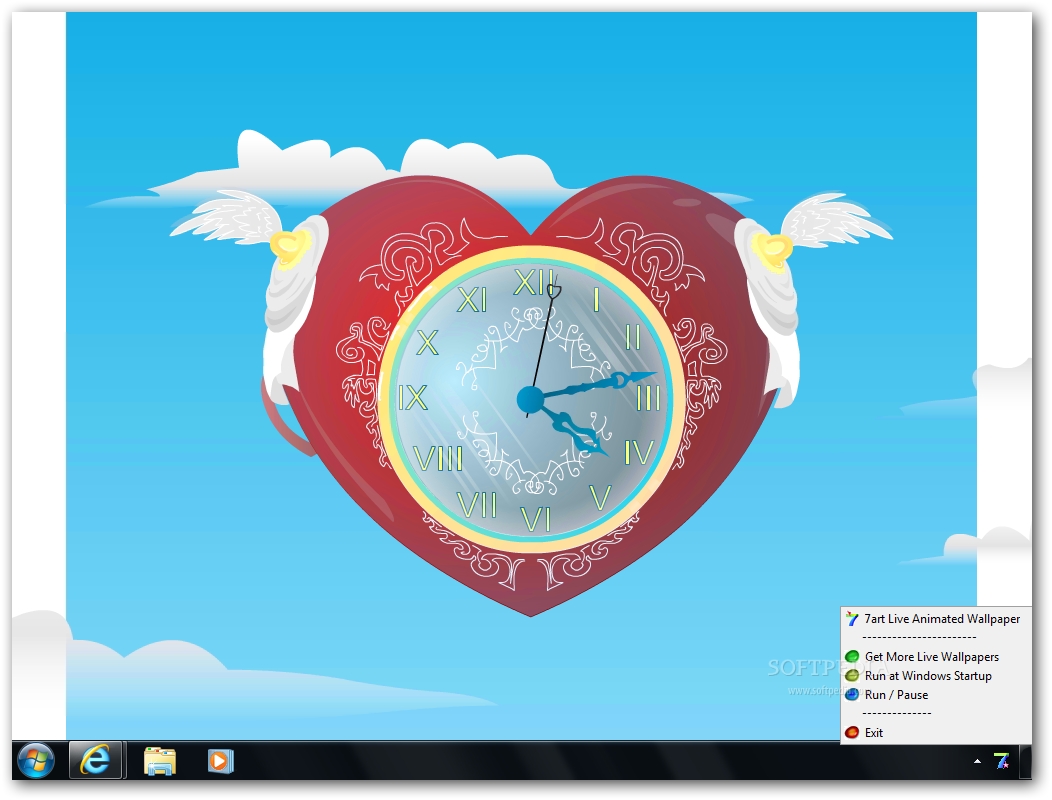
Live wallpapers don’t draw a lot of power if they are well crafted, if you don’t spend a lot of time on your home screen, and if you set your screen to shut off fairly soon after you stop interacting with it. You could install an app like System Tuner to see exactly where your system is spending its resources, but a casual perusal of your phone’s Battery list should show if there’s a notable disparity between your wallpaper or Display and everything else. If you have a particular live wallpaper installed, it may show up by name in that list, or you may see your live wallpaper’s impact in Display. In your Android device’s Settings, choose Battery, then scan the list of applications that have been using your battery since your last charge. You can find complaints of live wallpaper battery theft on Hacker News, on Quora, on Tested, and many other places.įind out for yourself. In his uncommonly positive review of the Nexus 7, MG Siegler noted the lag in navigating the home screen with a live wallpaper running. Some are studiously, seriously efficient with system resources, and some were absolutely thrown together over a weekend and ride the graphics and processor chips like a vengeful cowboy.īut it’s worth noting that even Google’s own default live wallpapers can slow things down. The nature of the generally free-to-experiment Android market makes it hard to judge all live wallpapers together. The other live wallpaper drain, then, is CPU usage. There may be a few live wallpapers that involve moving very dark objects across a very dark background, but let us assume they are exceedingly rare. So switching to a black, or very dark, wallpaper can save you battery life on certain phones (mostly Android models). When the pixel is white, it’s producing light. When the pixel is black, it isn’t producing any light. Each pixel on an OLED screen is an “organic light emitting diode” that produces its own light.

OLED screens don’t have a solid backlight.

As the How-To Geek’s Chris Hoffman explains:

Unless, that is, your phone has an OLED display, sometimes described as an AMOLED or Super AMOLED. On the display side, it may not matter much: your phone requires the same amount of light to display a dark color as a light color. Live wallpapers could potentially kill your battery in two ways: by causing your display to have to light up bright images, or by demanding constant action from your phone’s processor. They’re not a reason to buy a phone, but they can give you typographic clocks, light grids, and other informative or attractive things to look at. Live wallpapers on Android phones and tablets can be quite nice.


 0 kommentar(er)
0 kommentar(er)
